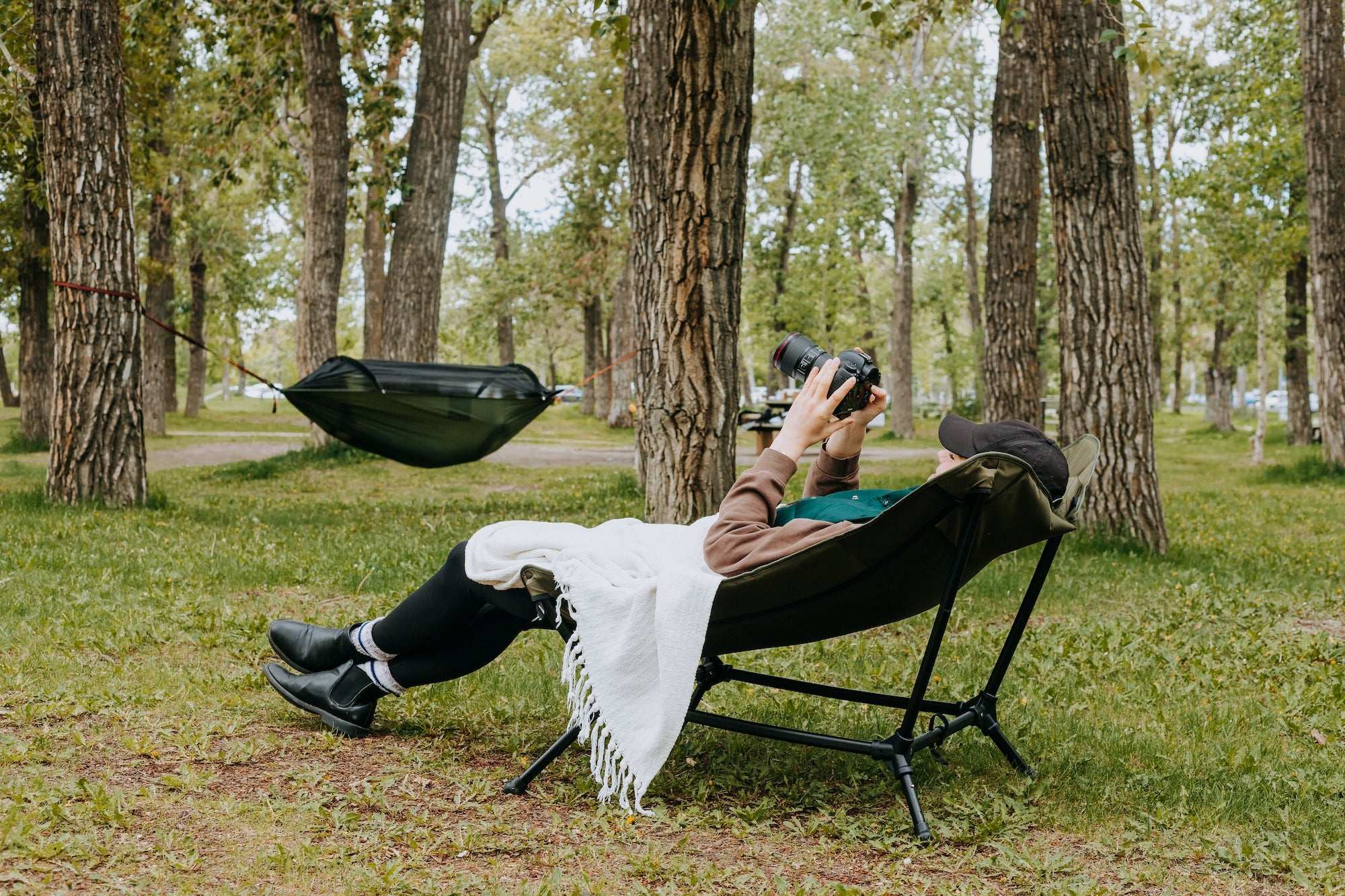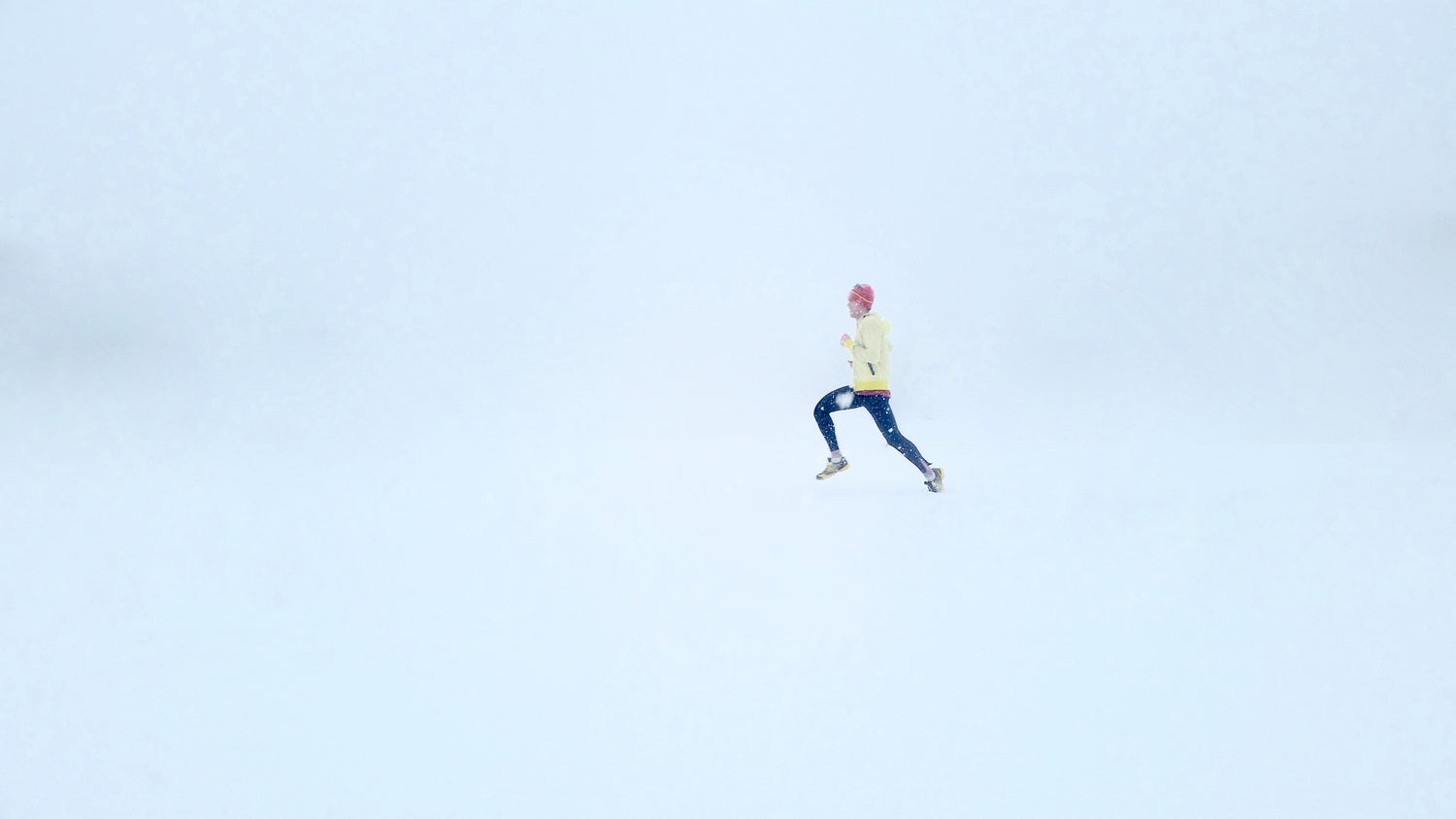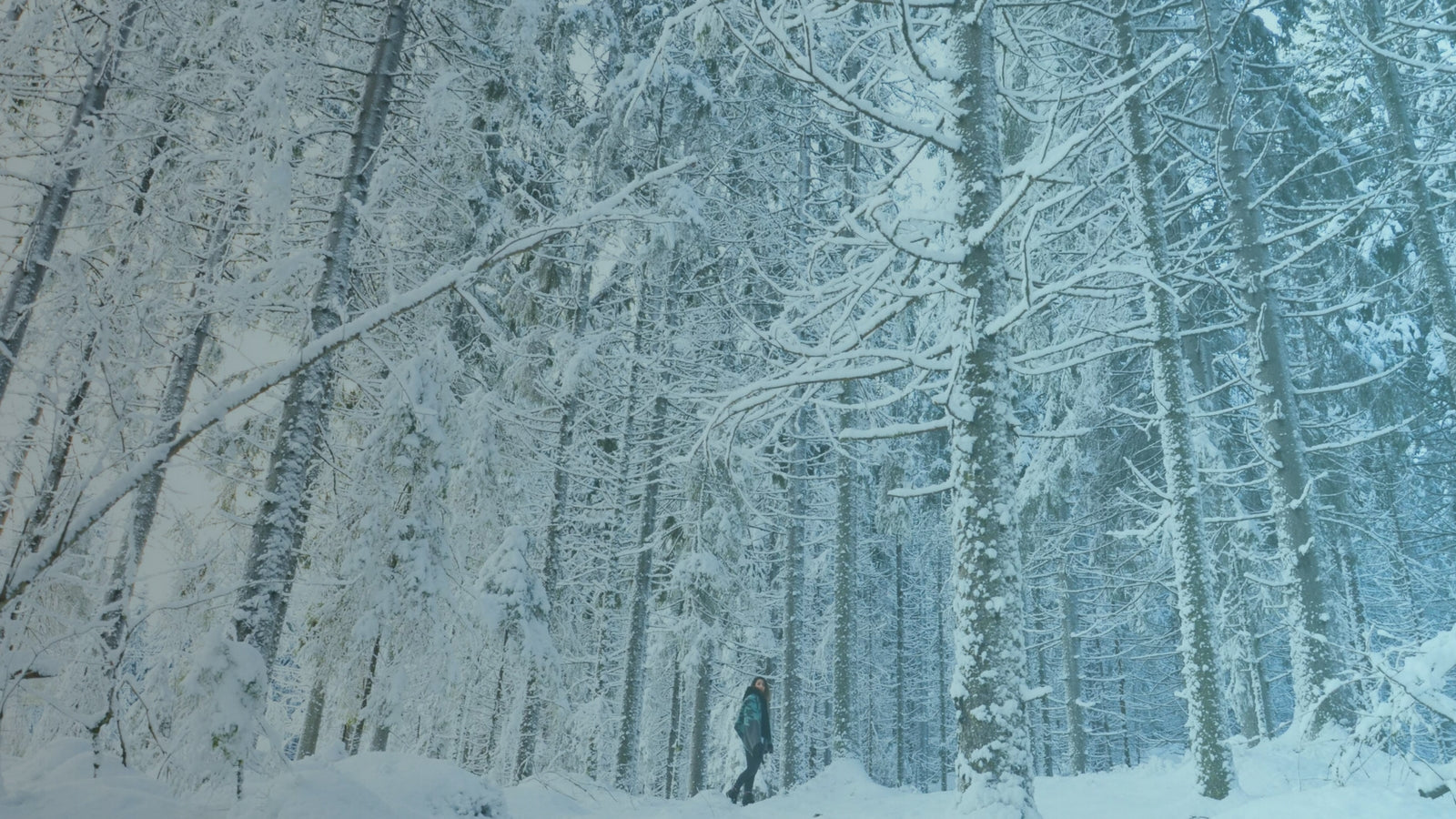When it comes to winter traction, most people tend to think only in terms of crampons or snowshoes. However, there’s a mid-range range option that’s perfect for running on icy or packed snow trails: trailspikes. Unfortunately, there are a number of myths surrounding trailspikes that need to be debunked.
Myth 1: Trailspikes are an expensive piece of winter gear

The reality is that most trailspikes retail for less than $100, and there are some brands that retail for less than $50. What makes them particularly affordable is the fact that they are essentially one-size-fits-all. They easily and securely fit around any type of treaded sole, so you don’t have to worry about matching up certain brands that may or may not be compatible with your new trailspikes.
Myth 2: Trailspikes are only for running on flat trails

While runners love trailspikes for their ability to extend the running season to year-round, that doesn’t mean that they can only be used on flat running trails or jogging paths that happen to be iced over. The reality is that trailspikes can be used on both gently sloping terrain as well as flat terrain. They’re not meant for scaling up and down walls (for that, you’d use a pair of crampons), but the spikes are strong enough to give you plenty of traction on sloped terrain.
Myth 3: Trailspikes are suitable for all wintry conditions
The core use case for trailspikes is running on icy or packed snow trails. The spikes help to dig into the surface, giving you plenty of extra traction when conditions are poor. However, that doesn’t that they can be used to navigate fresh powder conditions. You’ll sink right into powder, even if you are wearing your trailspikes. To navigate powdery snow, it’s better to invest in a pair of snowshoes.
Myth 4: trailspikes will eventually wear out
This is one myth that is at least partially true – over time, the spikes will lose some of their initial sharpness. However, the steel chains won’t wear out, and you can sharpen your spikes once they wear down. That means you don’t have to keep investing in a new pair of trailspikes every winter – just take good care of them and make sure that you sharpen them from time to time. They are both durable and effective.
Myth 5: Trailspikes are all you need for any winter run
From a traction perspective, yes, trailspikes are all that you need. However, when conditions are especially treacherous, or when visibility reaches white-out conditions, you’ll want to make sure that you have your full set of gear with you, including goggles, facemask, snow jacket, trekking poles and even avalanche safety gear. As a rule of thumb, it’s best to be familiar with the trail you are running on during winter weather.
trailspikes give you the extra peace of mind of knowing that you can navigate any icy or snowy roads and get from Point A to Point B without any slipping or sliding. There’s no longer any reason to stay inside once the weather turns cold and icy: just put on your trailspikes over your hiking or running shoes, and hit the trails.





Leave a comment
All comments are moderated before being published.
This site is protected by hCaptcha and the hCaptcha Privacy Policy and Terms of Service apply.